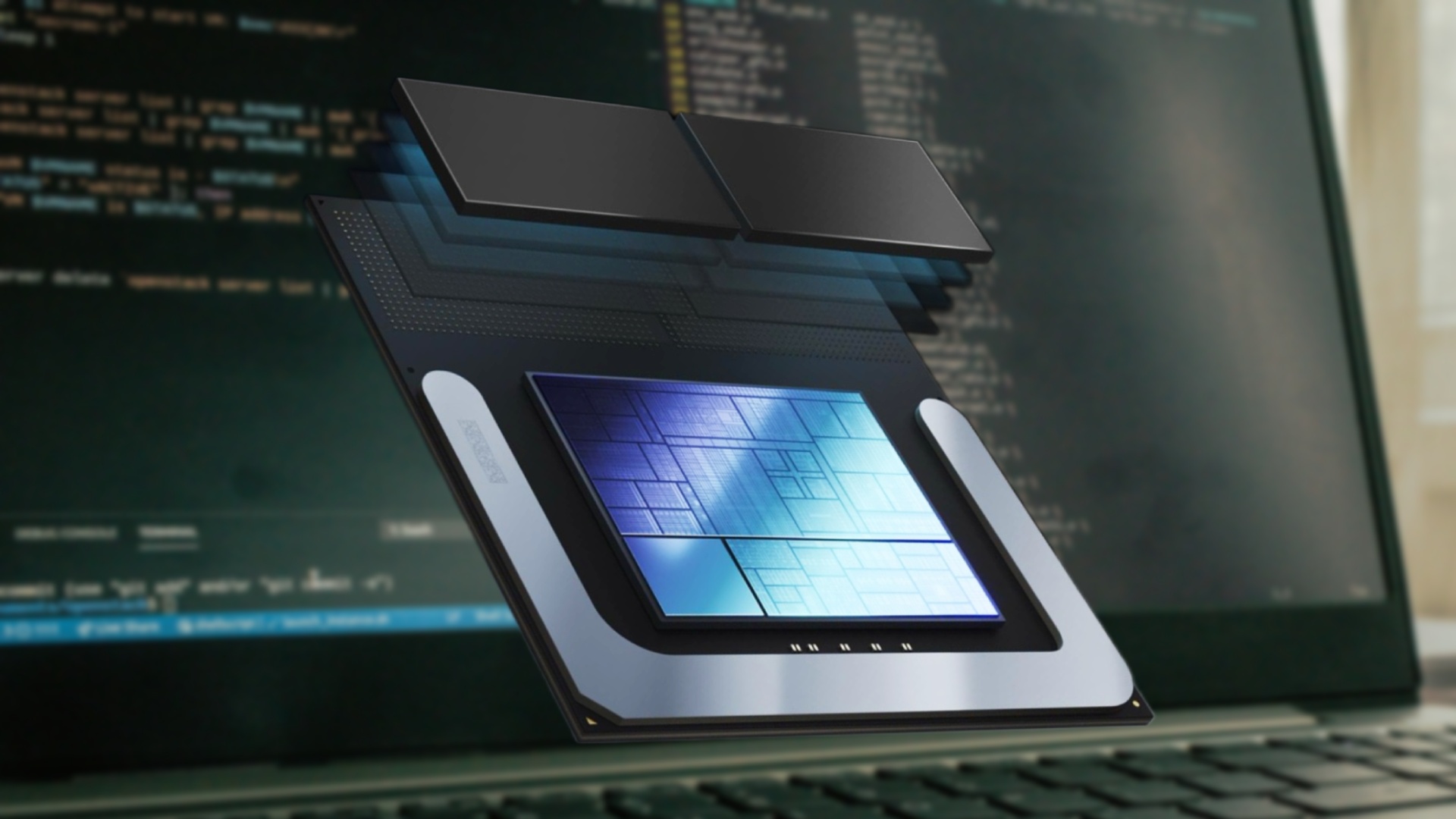Linux users with Intel graphics can now worry less about RAM restrictions, thanks to new patch

Table of Contents
A new change to the Intel Mesa graphics driver was pushed yesterday. The change relaxes a restriction on the amount of system memory (RAM) allocated to processes for the Vulkan system heap. In other words, more games and applications will be able to work properly with integrated Intel graphics without running into limited RAM-related issues.
While the restrictions have been loosened a little, there is an element of caution, as you could now run the risk of other issues if the memory is put under too much pressure.
Prime Day may have closed its doors, but that hasn't stopped great deals from landing on the web's biggest online retailer. Here are all the best last chance savings from this year's Prime event.
- Sapphire 11348-03-20G Pulse AMD Radeon™ RX 9070 XT Was $779 Now $719
- AMD Ryzen 7 7800X3D 8-Core, 16-Thread Desktop Processor Was $449 Now $341
- Skytech King 95 Gaming PC Desktop, Ryzen 7 9800X3D 4.7 GHz Was $2,899 Now $2,599
- LG 77-Inch Class OLED evo AI 4K C5 Series Smart TV Was $3,696 Now $2,996
- AOC Laptop Computer 16GB RAM 512GB SSD Was $360.99 Now $306.84
- Lexar 2TB NM1090 w/HeatSink SSD PCIe Gen5x4 NVMe M.2 Was $281.97 Now $214.98
- Apple Watch Series 10 GPS + Cellular 42mm case Smartwatch Was $499.99 Now $379.99
- AMD Ryzen 9 5950X 16-core, 32-thread unlocked desktop processor Was $3199.99 Now $279.99
- Garmin vívoactive 5, Health and Fitness GPS Smartwatch Was $299.99 Now $190
*Prices and savings subject to change. Click through to get the current prices.
Intel Linux graphics driver is now less restrictive with RAM
The prior RAM restriction may have affected you if you’re working with integrated graphics, rather than using a discrete GPU like Intel’s latest-gen Arc B580 graphics card. A restriction has been in place for the past eight years that forces a 50% limit. But now, a recent code change reinstates a 75% limit of RAM for the system heap with the Intel ANC Vulkan driver. According to a merge request from over a year ago, this has been discussed for some time.
“Unfortunately we can’t make everyone happy, but my main motivation here is that certain workloads can actually work with my system, and the only thing stopping them from working is this restriction is we inflict in ourselves. Examples: Deathloop on 16GB TGL, certain graphics settings of Spider-Man Remastered on my 16GB non-upgradeable-RAM LNL, Renderdoc.
Of course, this always brings the risk that running too many things at once may awake the OOM monster, but IMHO, completely preventing certain workloads from working is too high of a price to pay in a situation where you can just use /usr/bin/kill something. Still, I’m open to discussion here. We don’t need to apply all patches in the series.”
Paulo Zanoni, Intel Linux graphics driver engineer
As seen above, Zanoni suggests that the so-called “out of memory monster” may be a problem if you push it too far, but it makes more sense to work around it accordingly rather than simply adding a hard restriction, which comes with its own problems. Zanoni gives a few examples, such as running Death Stranding on an Intel Tiger Lake system with 16GB, as well as certain graphics settings of Spider-Man Remastered on a 16GB Lunar Lake machine, which offers no room to upgrade the memory.
The full details of the patch can be found here, where Zanoni talks about a previous 50% limit. They note that “the user always has the option to kill applications and use one thing at a time,” adding that “This commit is especially useful in systems with integrated graphics”.

